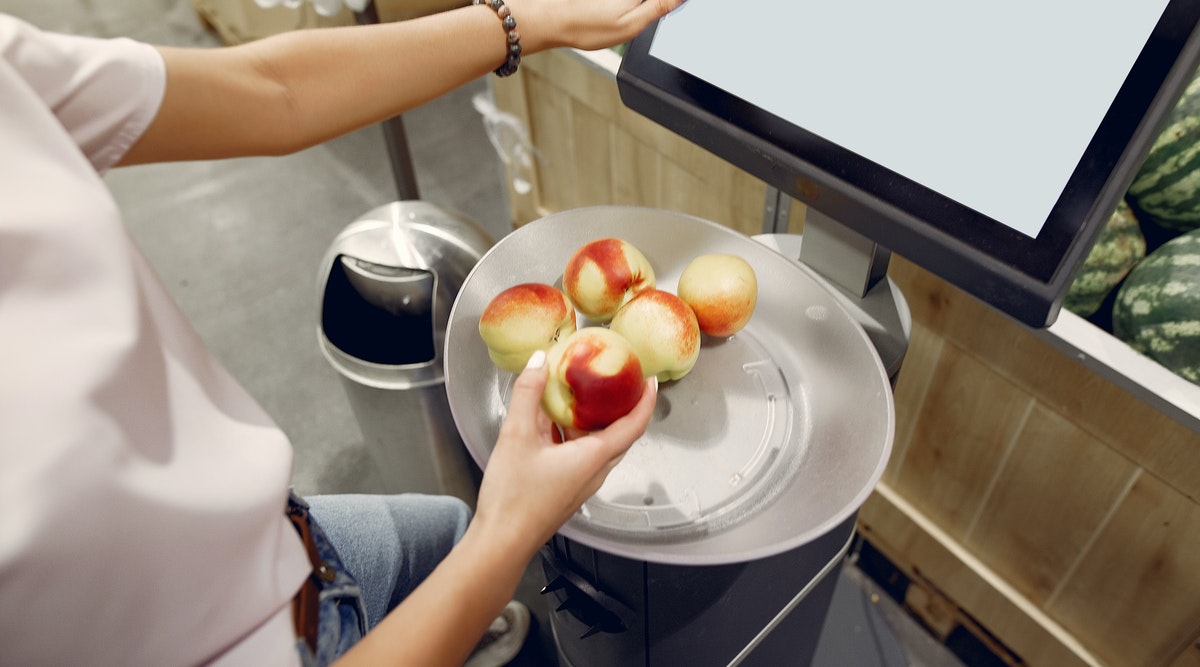Food tech integrates digital technologies into the entire food chain: from farms and food processing facilities to packaging, storing, and utilizing food. In simple words, if you’ve ever had a bit of sugarless sweet products or a lab-made meatless burger, then you’ve already had a taste of food tech. This industry is rapidly evolving, changing the way we eat and the way we perceive food and all the things related to it, including delivery services and smart devices.
How did Food Tech Appear?

With the people striving to be more eco-friendly, raise awareness about the impact of the agriculture industry on the planet, eat healthier food, and aim for sustainability, the food industry had to innovate. Food tech has untapped potential and provides huge opportunities for investors because there’s still enough room for improvements.
Notably, the global food tech market is expected to grow to around $342,52 billion by 2027. The main factors that are driving its growth are the usage of advanced technologies, like robotics. Besides, the constantly growing demand for healthier, cheaper, and safer food put certain expectations on the industry. People want everything to be more convenient, and meals are also included in the list. But this convenience cannot come at the expense of quality.
What does Food Tech include?

Although it’s associated with more general phenomenons, this area should be seen as a broad ecosystem of enterprises that use various technologies, like IoT and big data, to ensure robust and up-to-date solutions.
So, suppose the entrepreneur is planning to focus on such kinds of products. In that case, it’s necessary to make sure the employees can deliver outstanding results and work with novel technologies. However, finding experienced specialists is time-consuming and requires significant resources.
But there’s an optimal solution—outsourcing. There are many destinations, like Ukraine, where you can find skilled professionals that will drive your company’s progress and require much lower salaries than locally-based developers.
If you aren’t sure about how to hire remote employees and work with them, Qubit Labs recently came up with an article on this topic. So, you’re welcome to check out their research-based paper on how to hire developers in Ukraine. There, you can find everything about the country’s specificities, local developers’ salaries, and the process of hiring professionals. In case you need help, Qubit Labs is ready to help you out with any questions regarding outsourcing, so you can contact them anytime.
So, what are the elements of food tech?
- Production. When using cutting-edge technologies, the companies create meat substitutes, sweet foods, which actually don’t contain sugar, or develop innovative ways of growing crops. Besides, 3D-printed food is also on its peak nowadays, so businesses focus on this technology as well. Many companies also manufacture specialized machines that allow cooking meals while choosing the ingredients it should include. As you can see, this is what convenience not detrimental to quality means.
- Packaging. How much plastic waste do we produce every year? According to UNEP, this number reaches around 300 million tonnes a year, and this number is horrifying. That’s why the companies are putting effort towards developing technology-intensive solutions for packing and storing food. The main drivers of advancement in this area are ecological problems related to plastic waste recycling. It’s critical to create cheap and biodegradable alternatives that keep their initial qualities and are environmentally safe.
- Smart devices. Did you know that all the intelligent kitchen devices, like smart ovens, slow cookers, automated pan stirrers, and hundreds of other appliances, are also food tech? They are aimed at making the cooking processes more convenient and time-saving, which are highly-requested qualities among modern consumers.
- Quality control. There are many projects related to the automation of agricultural holdings. People want to know more about the foods they consume, and the businesses have to ensure they have this opportunity. So, the food-tech industry boasts various devices for identifying product composition and smart labels, which enable consumers to get real-time data about the products. Blockchain technologies play a significant role here. They simplify food-related data tracking, providing relevant information about where it was produced and in what conditions it was stored.
- Recommender systems. When you decide that it’s time to opt for a healthier lifestyle, make home-cooked meals more often, or choose delicious wine for dinner, you’re likely to go to the App Store or Play Market and download a necessary app. That’s another way of how food tech is present in your everyday life. These apps are, again, focused on convenience, awareness, and sustainability. So, food tech companies create solutions to meet these needs and ensure individual approaches to each consumer.
- Food delivery. The last but not least component of food tech is its most advanced element—food delivery. It implements the most recent technologies and easily adapts to the ever-changing user needs. For example, there are robots that help cook meals, options enabling people to order food directly from the Google map while searching for the restaurant, online food ordering that reduces queues, and AR/VR menus.
Conclusion
Speaking of the food tech future, the industry is expected to develop in three key areas and deliver novel approaches. The first area is consumer food tech, which focuses on developing technologies marketed toward the consumer. The second one is industrial food tech, aimed at addressing fundamental business models and B2B pain points within the industry. And the third area is supply chain and procurement, which aims to improve supply chains’ visibility and increase food traceability.



